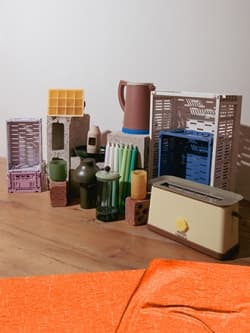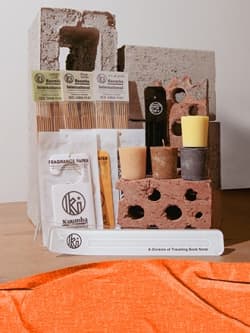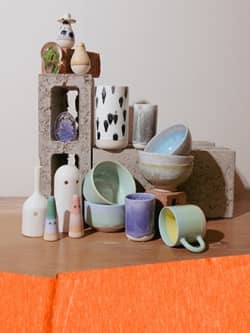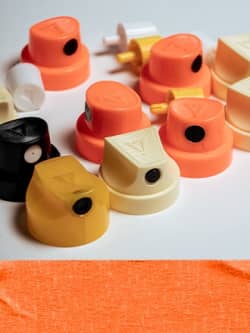Right Now with Mash.T

We caught up with Thabiso Mjo, the self-taught visionary behind product design powerhouse Mash.T, to explore her passion for collaboration, creative process, contemporary influences and thoughts on the South African interior design scene.
JHB-based Mash.T founder, Thabisa Mjo, has been on an upward trajectory since impulsively entering Nando’s Hot Young Designer Talent Search, with no prior design experience.

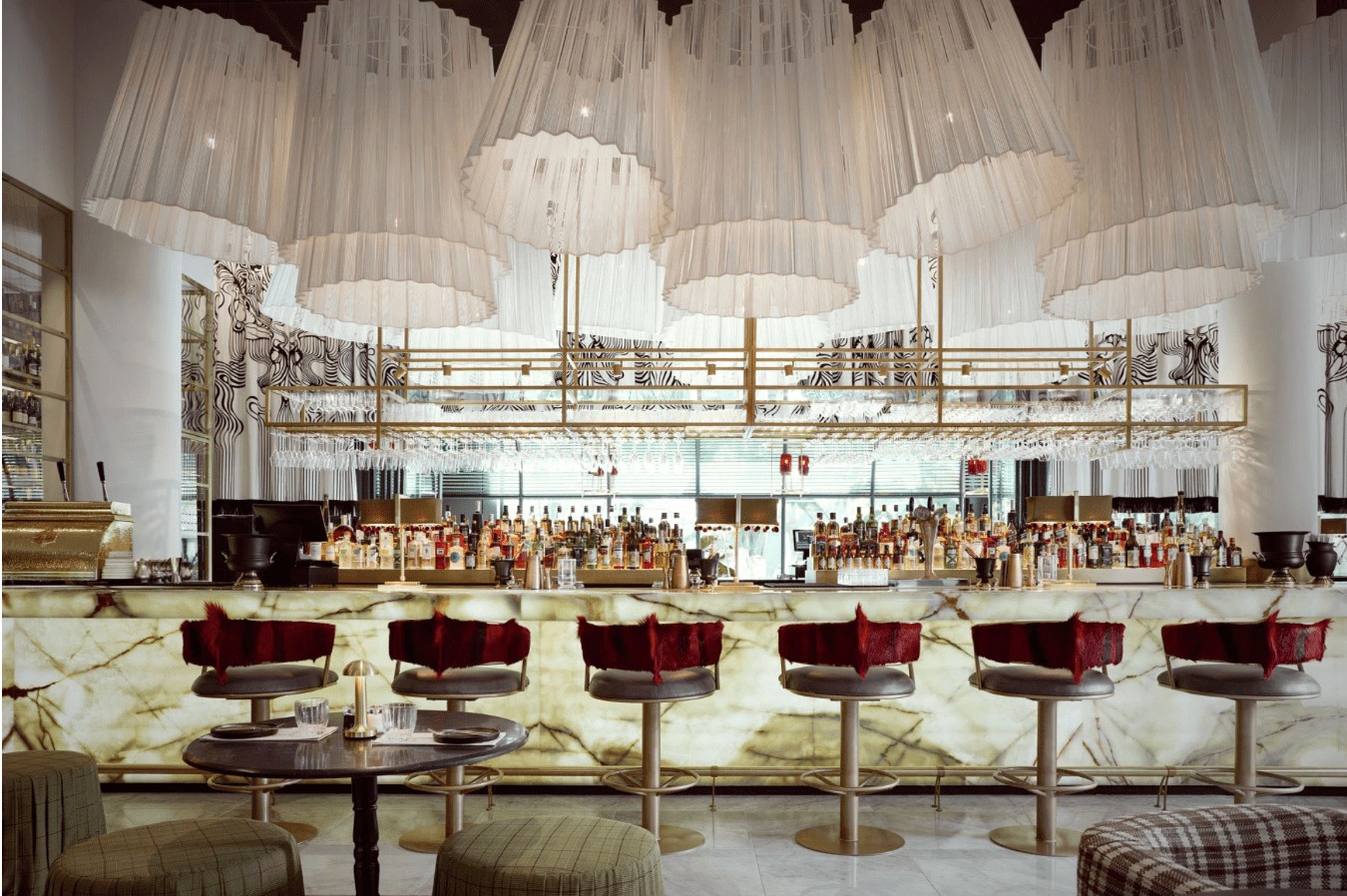


In fact, she won “Most Beautiful Object in South Africa” for her forward-thinking and distinctly local Tutu 2.0 Pendant Light, which, along with the Mjojo Cabinet, now forms part of the permanent collection at Paris’ Musée des Arts Décoratifs. That’s the Museum of Decorative Arts in the Louvre, for those of you who don’t know, making her the first South African designer to have two works exhibited there.
These days, her community-focused studio collaborates with various artisans to create everything from ornate, warm African pendant lights to side tables, ceramics, and collectable designs by blending traditional crafts and technology. Having recently collaborated with world-renowned master weaver, Beauty Ngxongo, and esteemed international brands including Weylandts, Google, Nando’s and others, we touched base to find out what’s next.




NB: What inspired you to give interior design a bash?
TM: I’m passionate about storytelling and design is the medium I've chosen to share these stories. Exploring interesting ways to share my own lived experiences is the genesis of my creative process.
For example, the Hlabisa bench is inspired by the rolling hills of KwaZulu-Natal, where my maternal grandmother lived. This is mimicked in the undulating form of the backrest, while the legs are inspired by a three-legged, cast iron pot that she’d use to cool over an open fire.
Meterage, the art of measuring the table, is inspired by the beautiful folds of Umbraco, a traditional Xhosa dress, particularly the way the fabric beautifully drapes and cascades into pleated forms on a woman’s body.
NB: Who are some of your biggest design influences locally and internationally?
TM: Peter Mabeo is one of my favourites and a dream collaborator. His work is timeless and full of character. To me, it always looks like the makers were having a lot of fun while creating their pieces, which is refreshing. Tracy Lynch is another big influence – I love the way she curates our products.
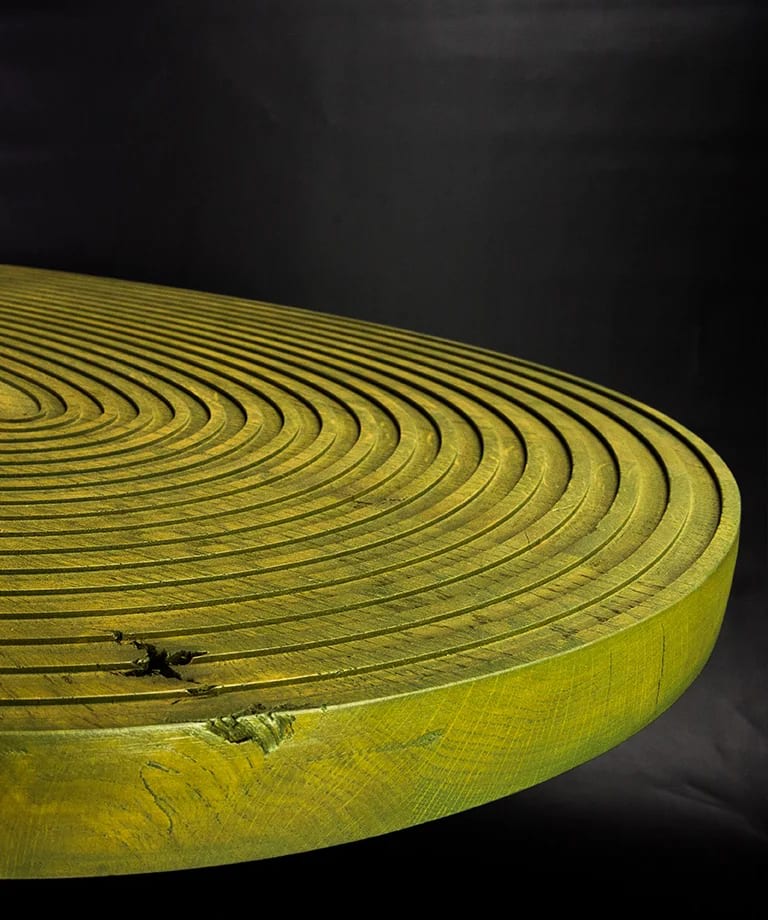
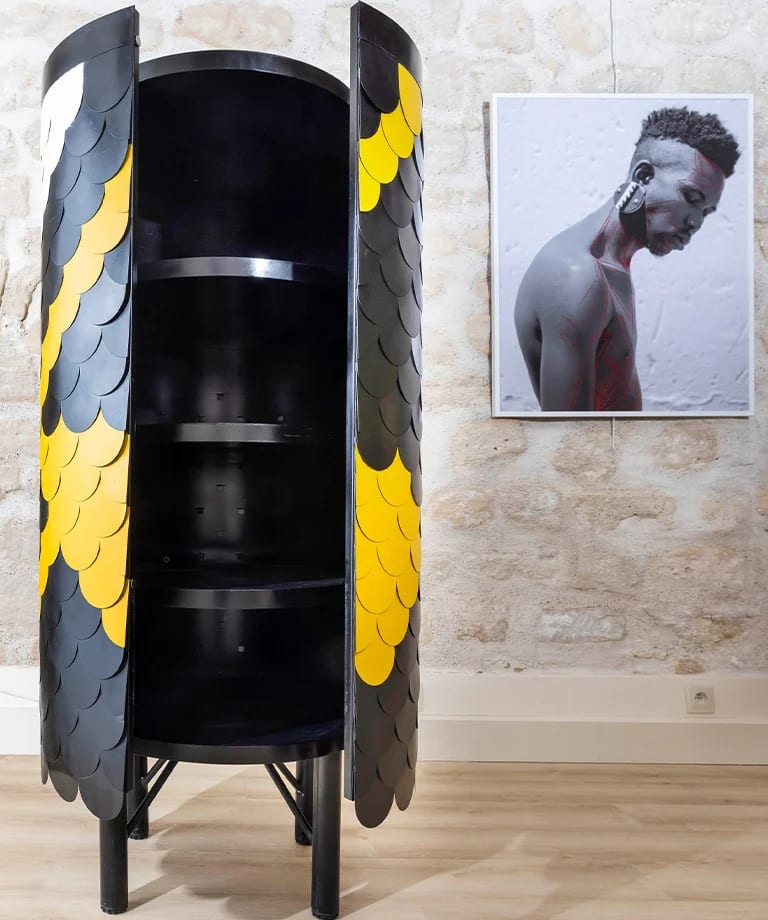


NB: What are some of the highlights of your career so far?
TM: Mash.T in its entirety is a highlight, especially how it's afforded me the opportunity to contribute towards establishing South African design as a category brand.
The Tutu light was the first product I designed and the light was acquired by the Museum of decorative arts at the Louvre in Paris. It’s now part of their permanent collection, which is very cool. More significantly, it was the product that helped me discover I had this talent for design and product design, in particular. That’s been the real win.
NB: Can you tell us a bit about the incentive behind curating “Sacrosanct” (a collective showing of South African design) at Milan Design Week in 2019?
TM: Sacrosanct is about paying homage to indigenous knowledge and celebrating how culture can inspire contemporary design. It’s also about enabling the indigenous craft to take on new roles within a society so that they aren’t forgotten.




NB: What's next for Mash.T; have you got new exhibitions lined up and are you working on new collections? If so, what can we expect to see?
TM: It's not so much about working on new collections but rather exploring new materials and techniques. Our primary focus at the moment is to build Mash.T into a business that will enjoy a legacy of life well beyond our generation.
NB: How did you come up with the name Mash.T?
TM: It was a school assignment to name your would-be future design studio. A friend suggested the name and it's stuck ever since.
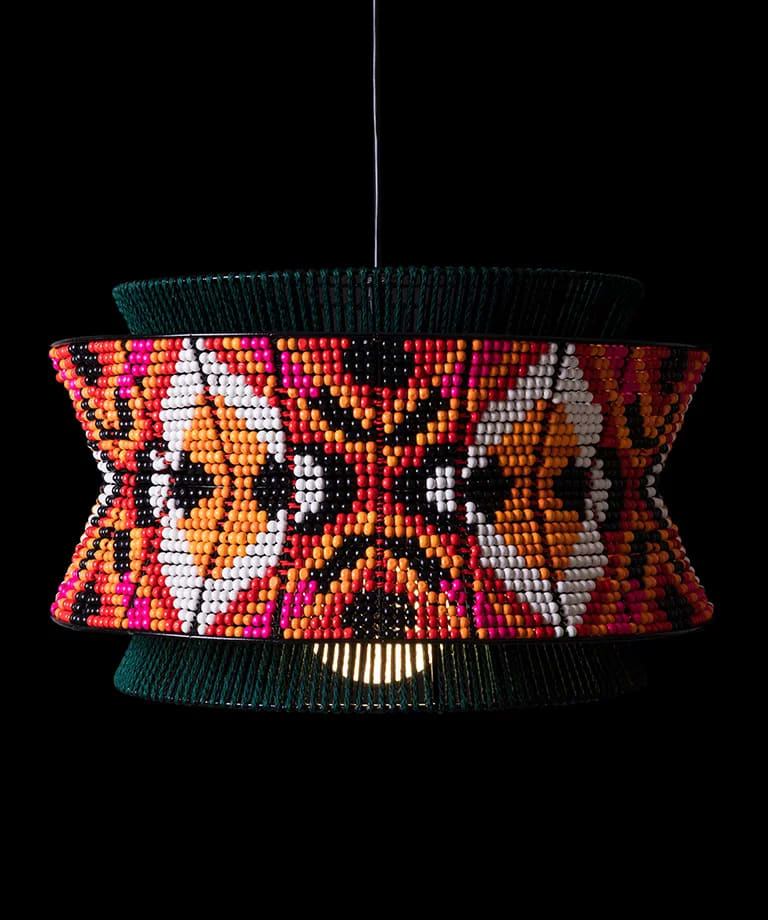
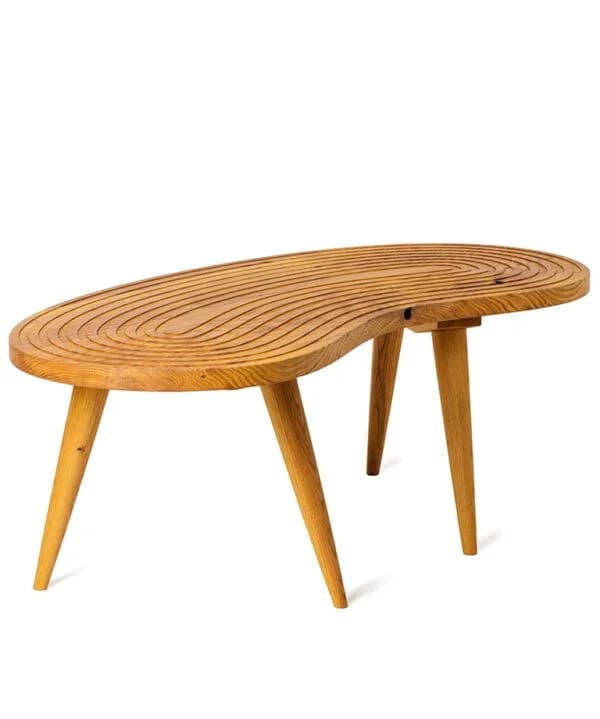


NB: What would you like to see from the South African interior design scene in the coming years?
TM: I’ve really enjoyed seeing the local industry incorporating South African design and locally manufactured products in their projects across the world and I’d like to see more of that going forward.
NB: How does the South African interior design landscape compare to Europe's? What do you think could be improved and what do you consider positive aspects?
TM: The European industry is definitely more established, but what's great about the local industry is that it’s still emerging, therefore everything feels possible, as there are no confines.
Words by Neil Büchner Jr for Letterhead










